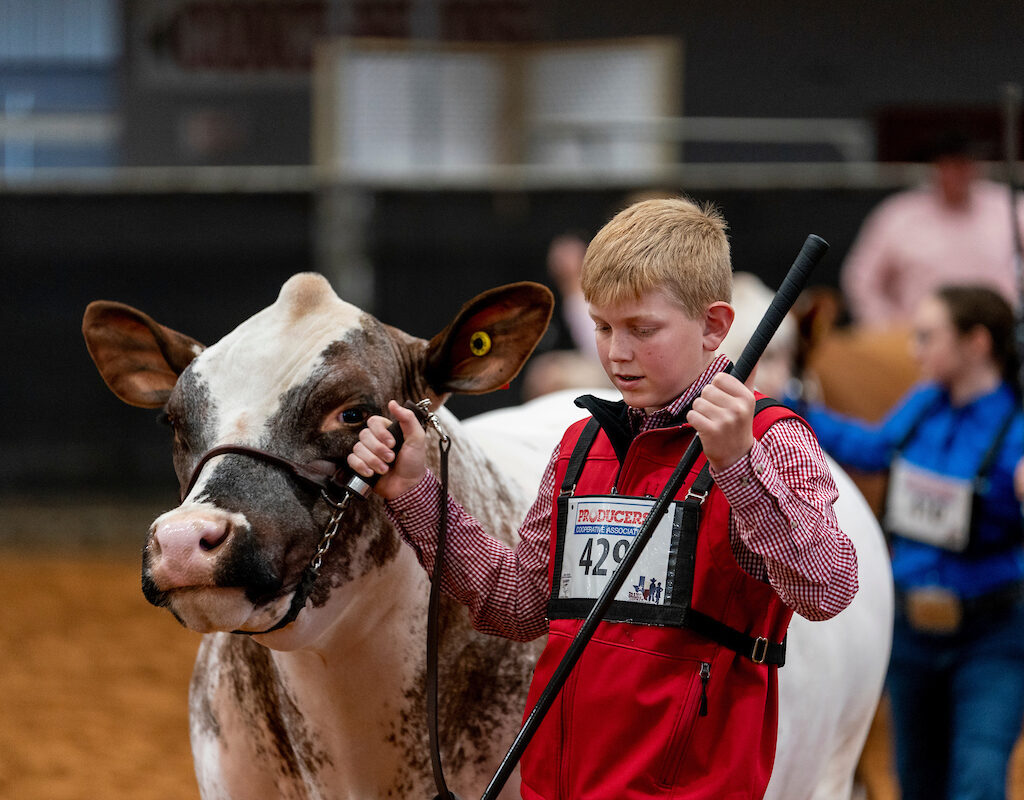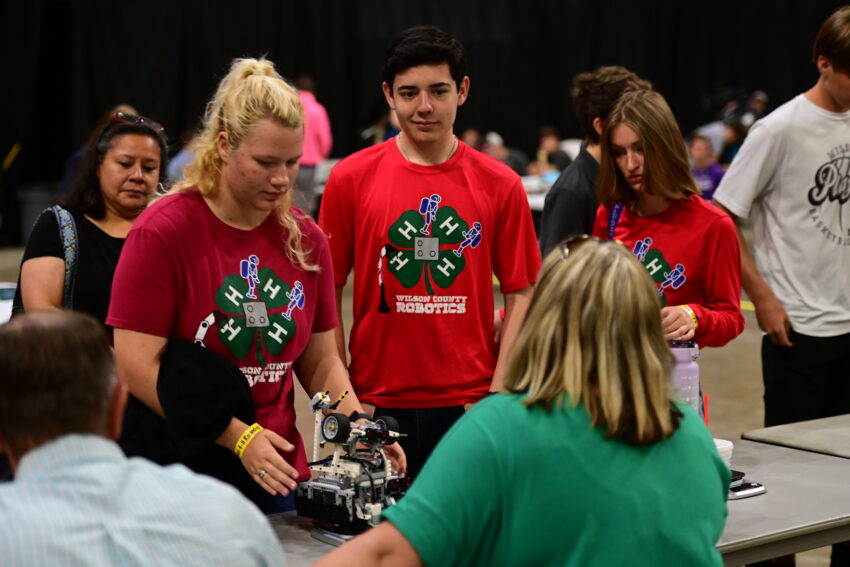Texas 4-H Youth Development
4-H is the nation’s largest youth development program. Through local 4‑H programs, kids and teens learn valuable life skills and participate in project areas like health, science, agriculture and civic engagement. In Texas, the 4-H program is administered by the Texas A&M AgriLife Extension Service and Prairie View A&M Cooperative Extension Service.
>>> Visit the Texas 4-H website here
Related Departments: Agricultural Leadership, Education and Communications, Animal Science, Nutrition, Horticultural Sciences

Texas 4-H Robotics Project

Learn About
Texas 4-H Youth Development
Publications
Programs
All Resources on Texas 4-H Youth Development
- Course
This course is designed for 4-H and FFA members participating in livestock projects. The primary objectives are to enable students to understand the relationship between good character and safe food practices and to apply knowledge regarding the ethical implications of livestock-raising decisions.
- Course
This course is designed for 4-H and FFA members participating in livestock projects. The primary objectives are to enable students to understand the relationship between good character and safe food practices and to apply knowledge regarding the ethical implications of livestock-raising decisions.
- Course
This course is designed for 4-H and FFA members participating in livestock projects. The primary objectives are to enable students to understand the relationship between good character and safe food practices and to apply knowledge regarding the ethical implications of livestock-raising decisions.
- Course
A discussion of car seats priced under $150 using a popular interactive game format to explore the different seats available and their features including specifics about their weight and height limits.
- Course
A discussion of the effects of common misuse and combinations of misuse and its effect on pediatric injury. An analysis of the data was done to show which misuse is most dangerous for the different types of restraints including a comparison of injuries to children when using optimal restraints, suboptimal restraints and when unrestrained to see if the data supports current best practice recommendations.